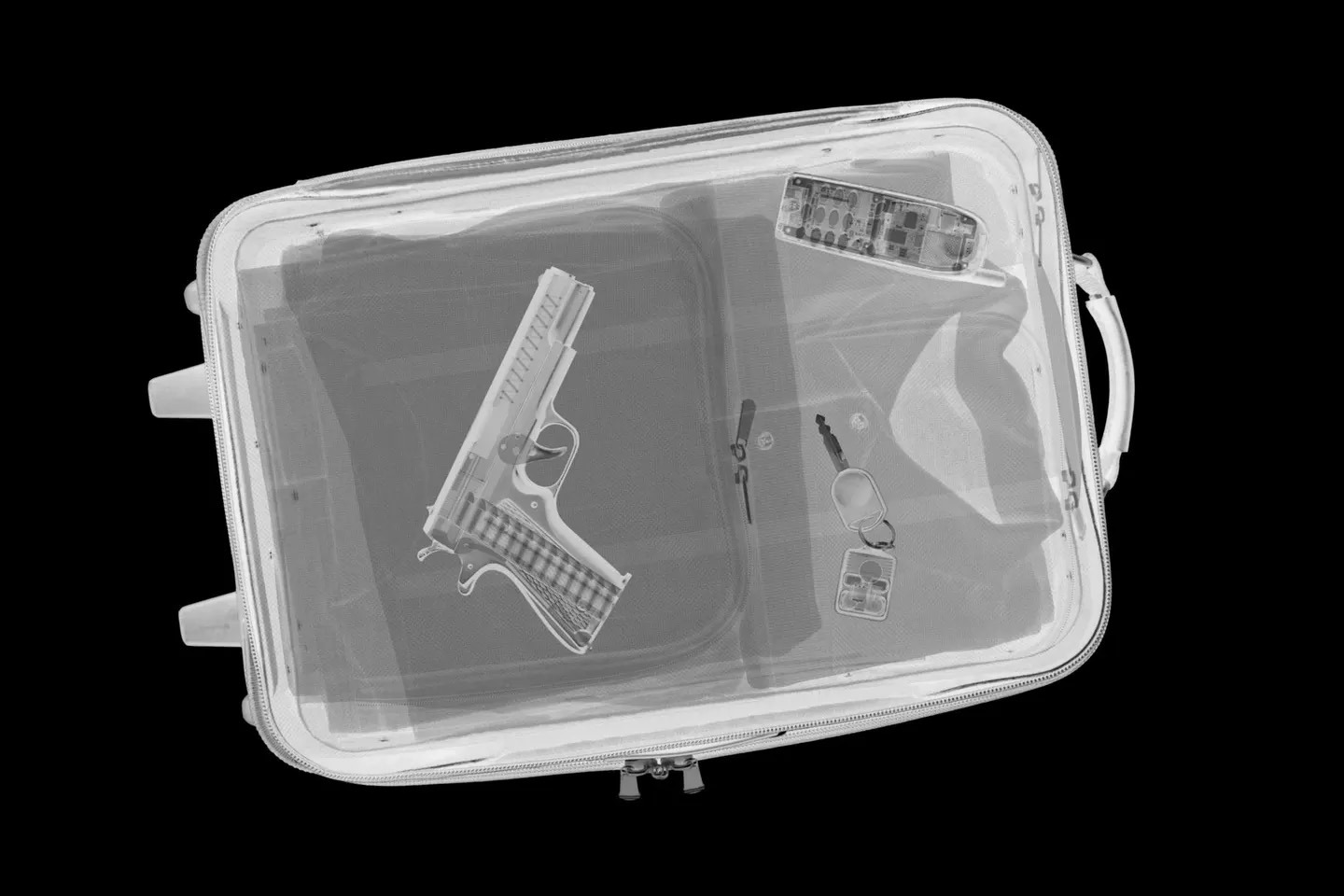What Does Tulsi Gabbard Have in Common With a Bomb in a Bang Energy Drink Can and a Knife in a Loaf of Keto Bread?
Ask the Transportation Security Administration (TSA)

In August, Federal Air Marshal whistleblowers alleged in a letter to the relevant House and Senate committees that former presidential candidate and retired U.S. Rep. Tulsi Gabbard is “enrolled” in the Transportation Security Administration’s (TSA) Quiet Skies program.
It’s a surveillance scheme designed to help the Federal Air Marshal service deploy law enforcement resources more efficiently and aid in focusing on travelers who may present an elevated risk to aviation security, according to the TSA blog.
But unlike TSA Pre-Check, Gabbard didn’t exactly sign up to be on the Quiet Skies list. The latter program is meant to reduce risk on airplanes by identifying passengers deemed higher-risk, according to certain travel patterns and other intelligence-based factors.
Gabbard opined on Fox News that she landed on the list after warning in an interview with Laura Ingraham that a Kamala Harris presidency would be dangerous for the country.
On every flight Gabbard boards, the plane is protected by two canine explosive detection teams, one transportation security specialist in explosives, one plainclothes TSA supervisor and three Federal Air Marshals.
Gabbard’s involuntary enrollment in Quiet Skies is likely politically motivated, says Sonya LaBosco, the executive director of the Air Marshal National Council.
That give rise to the question of whether TSA initiatives like Quiet Skies are effective in preemptively screening the right people.
Is TSA functional?
On Nov. 19, 2001, then-President George Bush signed the Aviation and Transportation Security Act into law. The legislation requires federal officials to screen travelers and examine checked baggage and carry-ons. It also expanded the Federal Air Marshal Service and reinforced cockpit doors.
TSA itself was created to oversee security in all modes of transportation. Before 9/11, airport security was outsourced to private contractors.
But despite TSA’s enforcement of stringent security standards since 2001, passengers still push their luck with what they try to bring through airport security checkpoints.
In 2023, TSA reported intercepting 6,737 firearms at airport security checkpoints. That’s a lot of firearms. And approximately 93% of them were loaded, according to TSA. It represented the highest one-year total in TSA’s history, up from 6,542 a year earlier.
TSA screened more than 858 million passengers in 2023, which indicates the agency found 7.8 firearms per million passengers, a decline from 8.6 per million passengers in 2022.
“We are still seeing far too many firearms at TSA checkpoints, and what’s particularly concerning is the amount of them loaded, presenting an unnecessary risk to everyone at the TSA checkpoint,” said TSA Administrator David Pekoske in a press release.
“Firearms and ammunition are strictly prohibited in carry-on baggage,” he continued in the release. “Passengers are only allowed to travel with an unloaded firearm, and only if they pack it properly in a locked, hard-sided case in their checked baggage and first declare it to the airline at the check-in counter.”
In 2023, TSA conducted a passenger experience survey with a sample size of 13,000 travelers at multiple airports across the nation. The survey revealed 93% of respondents were satisfied with the passenger experience and 94% expressed confidence in TSA’s ability to keep air travel secure.
Last year, TSA screened about 2.4 million passengers per day. For the year, it examined 484 million checked bags and 1.9 billion carry-on s.
Additionally, more than 4 million people enrolled in TSA PreCheck, bringing the number of active members to more than 18 million.
Best TSA catches
In January, TSA released a list of the Top 10 items confiscated in security lines at airports across the U.S. in 2023. And though they provided a few with light-hearted labels, some, if not most, are alarming.
- Bomb in Bang energy drink
- Marijuana inside a diaper
- IED (improvised explosive devise) CO2 cartridge
- Fully loaded firearm
- Knife hidden in prosthetic
- 35-millimeter projectile missile
- Meth hidden in a jar of crab seasoning
- Pocket knife hidden in a loaf of keto bread
- Replica rockets
- Six Naruto throwing knives
So, while some TSA efforts like Quiet Skies are receiving scrutiny, the general purpose of TSA in U.S. airports is to keep dangerous weapons or controlled substances from making it through checkpoints.
But, how much is all this costing the taxpayers?
The TSA price tag
The 2024 fiscal year TSA president’s budget calls for $11.2 billion in funding for 61,222 positions or 57,606 full-time equivalents. That’s an increase of $1.6 billion from over FY 2023.
It’s needed, the agency says, to accommodate a 4.5% increase in passengers and to continuing investing in computed tomography (CT) that can enhance the effectiveness of screening carry-on baggage.
The cash would also annualize the base for surface pipeline cybersecurity requirements in line with the FY 2022 enactment and would also increase spending for the Federal Flight Deck Officer (FFDO) program and to combat insider threats.
What do we Americans get in return?
Aviation and transportation hubs remain high-value targets for terrorists,” the TSA says, “and terrorist modes and methods of attack are more decentralized and opportunistic than ever before. Every day, TSA is challenged by a persistent, pervasive and constantly evolving threat environment, both in the physical and cyber realms.”



















